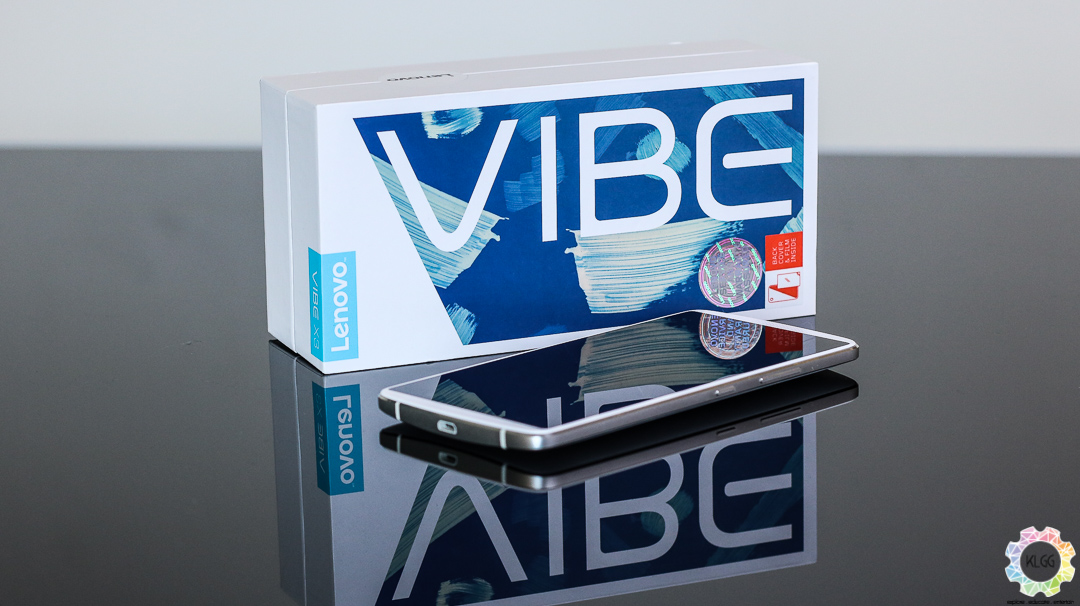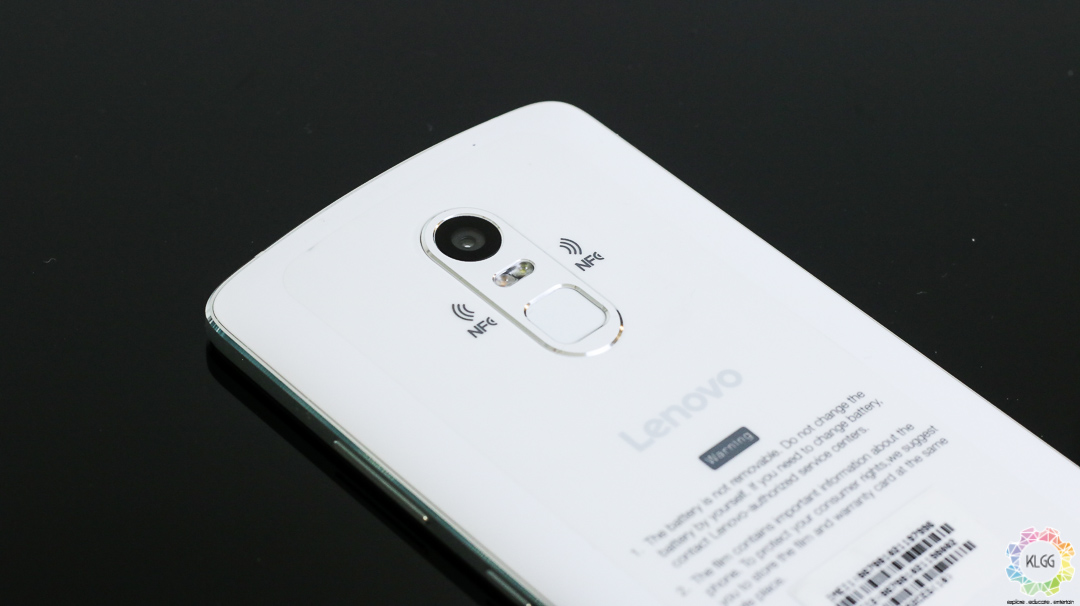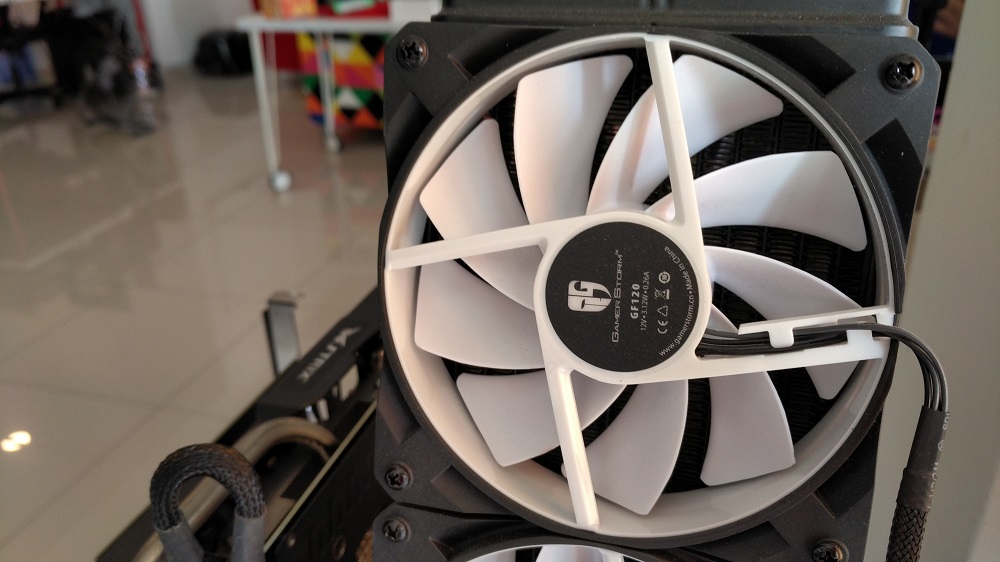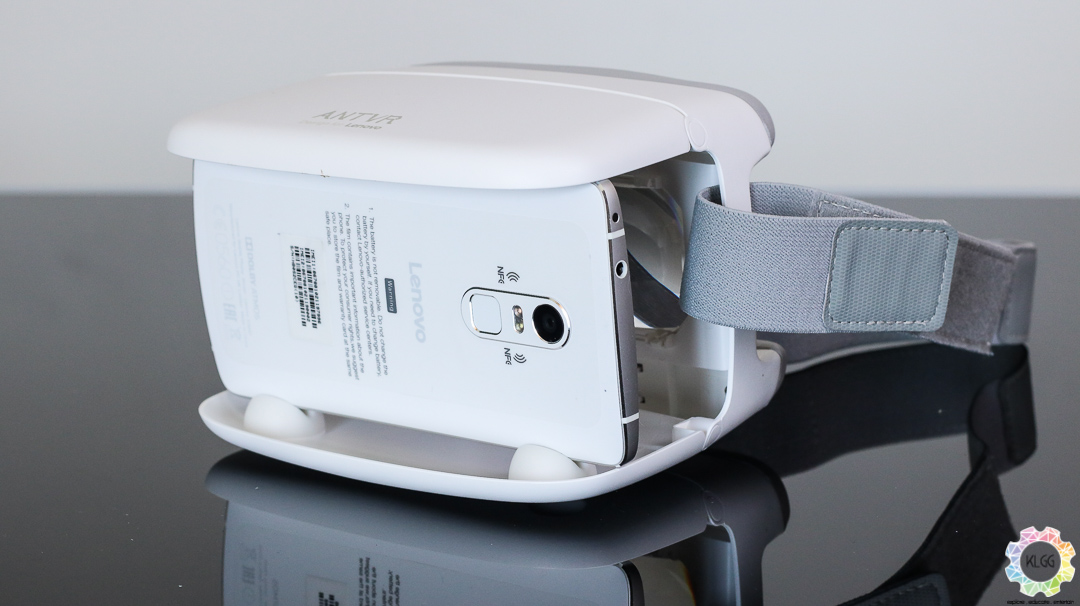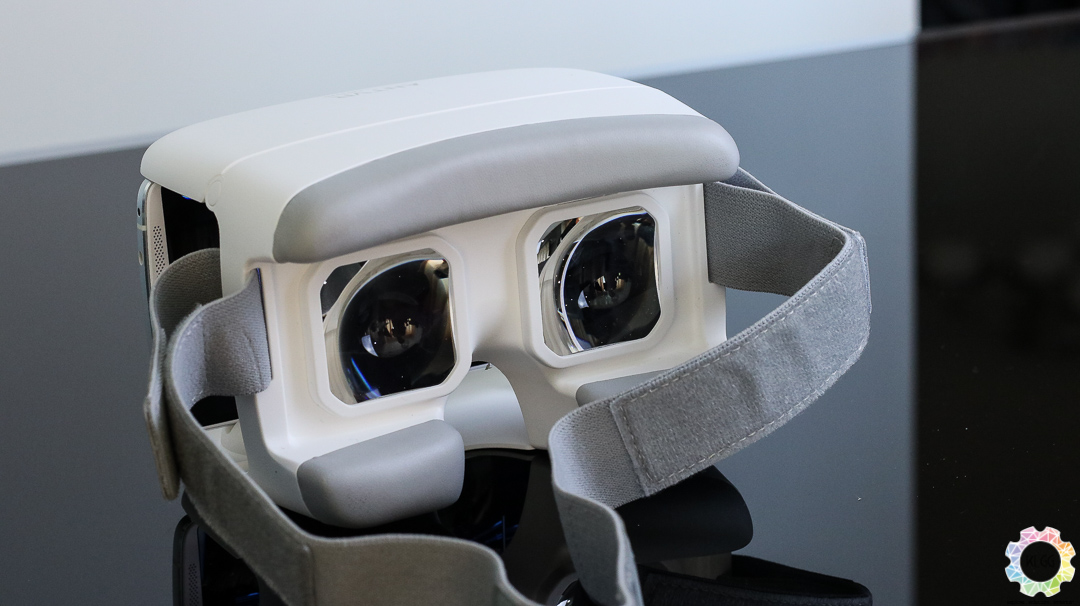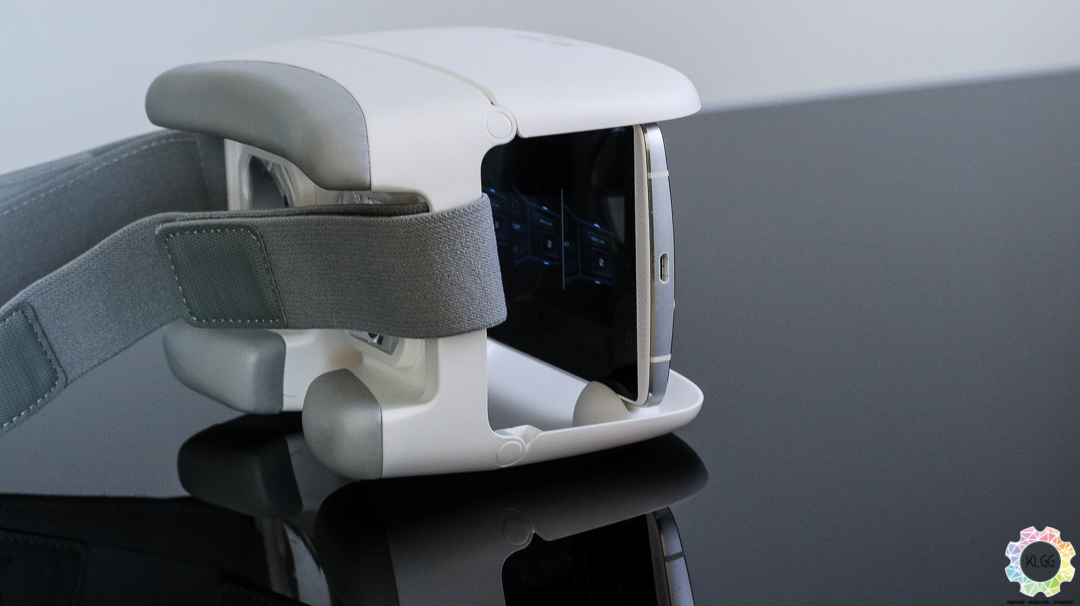In this day and age, you really need to have a defining feature if you want your smartphone to stand out. Maybe the phone sports a DSLR-level camera, or maybe the phone in question has flagship-level performance for mid-range prices; whatever the case, you want something that would prevent your phone from getting lost in the sea of smartphones. So what did Lenovo throw in when it came to the Vibe X3? Well, they announced a VR feature for it. As anything VR strikes my curiosity these days, I’ve decided to give the Vibe X3 a whirl. After a week of use, I can safely say that the Vibe X3 did manage to impress me in terms of performance, but the VR feature was a disappointment for me.
Design
Do any of you remember the Vibe X2? The design of the X3’s predecessor was rather stand out to me as it sports what can only be described as a ‘kuih lapis’ design thanks to its four coloured layers. The X3 did not continue that trend though, opting for a less is more approach. The phone is constructed out of aluminium, with the back coated in a matte white finish. This design gives the Vibe X3 a sort of quiet elegance that I prefer over the glossy surface that is supposed to exude ‘premium quality’ like some other flagship smartphones.
The overall shape of the phone reminds me of ASUS’s Zenfone 2 as well, as the back does curve slighly inwards at either ends. The Full HD screen on the Vibe X3 is also rather big as it measures 5.5 inches, putting this phone into the phablet category. To me, I feel right at home with the phone’s size as I prefer bigger phones. Those who like their phones compact may dislike it as the Vibe X3 errs on the big side. Those with smaller hands may also have problem using the phone one handed, so do keep that in mind.
Other than that though, the layout of the buttons, SIM slots, fingerprint sensor and cameras are pretty much where you expect them to be.
Performance
So what does the Vibe X3 have to offer in terms of performance? For starters, the Vibe X3 runs on a Qualcomm Snapdragon 808, a chip that is a bit dated when you consider that 820 is now available. It has 3GB of RAM and comes with either 32GB or 64GB of storage depending on your configuration. An interesting thing to note is that the Vibe X3 does feature some rather audio components. An ESS Sabre 9018C2M DAC with three TI-OPA1612 amps is featured in the Vibe X3, giving the phone better sound quality compared to other phones in the market.
For connectivity, the Vibe X3 is capable of supporting up Cat 6 4G LTE. Everything else is rather standard as the Vibe X3 supports Wi-Fi 802.11 a/c, Bluetooth, GPS, NFC and USB-OTG. All of this is powered by a 3,500 mAh Li-Po battery.
Benchmarks
Usage
Dated though the Snapdragon 808 may be, the Vibe X3 is still able to power through the benchmarks without problems. On regular use, the Vibe X3 experience no slowdowns even when I was running resource-intensive games or watching movies on it.
The screen on the Vibe X3 is excellent, as it is incredibly bright and vibrant. The Vibe X3 is one of the few phones that I’ve used that doesn’t require me to ramp up the brightness to its maximum when using it under direct sunlight, which is totally cool in my books.
Lenovo has also added quite a few ‘quality-of-life’ features to the Vibe X3 as well, such as double tapping the screen to turn the screen on, flipping the phone over to put it to sleep, and even using the fingerprint scanner as a camera shutter. On that note, the fingerprint scanner has yet to fail to recognise my finger and the positioning of the scanner itself allows me to access it with ease. In short, I like the fingerprint scanner.
Battery life on the Lenovo is above average as well. If you’re normal user, the Vibe X3 can easily survive the entire day and then some. For heavy users such as myself, the phone could last for the entire office hour before needing a recharge.
One thing I would like to mention though, is that the heat generated by the Vibe X3 is surprisingly tame when compared with flagships from other companies. I guess this can be attributed to the matte on the rear of the phone as it doesn’t conduct heat quite as well as those with full metal bodies, which is a plus for me.
That said, this is still a Lenovo product, and with it comes custom software. Sure, it doesn’t really do anything unless you boot it up, but I really wish that Lenovo would give me an option to just not have it sitting on the phone taking up precious storage space.
Camera
For imaging, the Vibe X3 comes with a 21MP rear camera with an aperture of f.20 and a phase-detection autofocus. For the front, it has an 8MP camera. The cameras on the Vibe X3 does the job well enough in most cases, although some shots do make the image seem dull.
The software on the Vibe X3 is the part where I personally feel that it could be done better. I feel it to be cumbersome and unintuitive at times, and the Pro mode for the camera is just lacking in some areas.
You can take 1080p and 4K videos using the cameras, and for the most part, the videos come out looking rather decent and smooth, but navigating the software, especially when it comes to accessing the video settings, can be a chore and a half.
In short, the camera on the Vibe X3 is good enough to get the job done, but the software needs an improvement.
Virtual Reality
During the local Vibe X3 launch, Lenovo actually paid a rather siginificant amount of time talking about the X3’s VR capabilities. Being a fanboy of sorts for VR, this feature was quite possibly the most exciting thing about the X3. So how exactly does the Vibe X3 handle VR?
The answer: much like a Google Cardboard.
On the Vibe X3, you’ll find a setting that allows the phone to go into VR Mode. What this means is that the main screen of the phone will be split into two seperate, smaller screens. With the screen split into two, you’ll now need a headset that could merge those images into one picture. Enter the ANT VR.
Lenovo’s own ‘VR Headset’ is essentially a plastic Google Cardboard. All you need to do is to slide the phone into place and strap the headset to your eyes, et voilà, you now have your own VR experience.
If you’ve never experienced a VR headset before, this setup would give you a good idea as to what proper VR headsets would offer. Other than that though, the ANT VR Vibe X3 combo is a bare-bones VR experience. Trying to control the phone such as using the seek bar while wearing the headgear is a pain in the rear because, as I mentioned, the screen has been split into two and shrunk. If you want to do anything to the phone at that point, fumbling around while wearing the headset is not fun.
Another issue I have with it is that the VR games that comes included with the Vibe X3 we have does have a significant amount of lag between moving our heads and the screen moving.
Long story short, the Vibe X3 and ANT VR combines to give you the most basic VR experience available. If you’re looking to buy the Vibe X3 for the VR capabilites, you might want to think twice about that.

